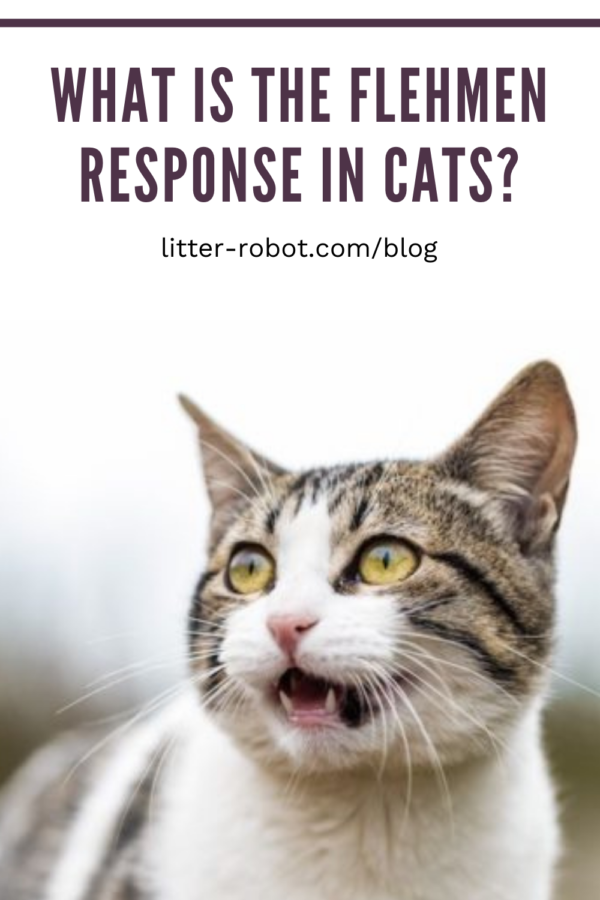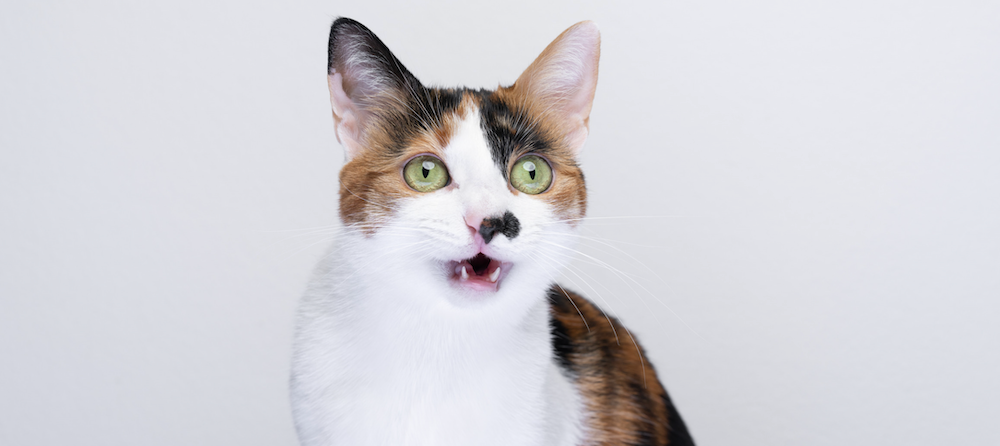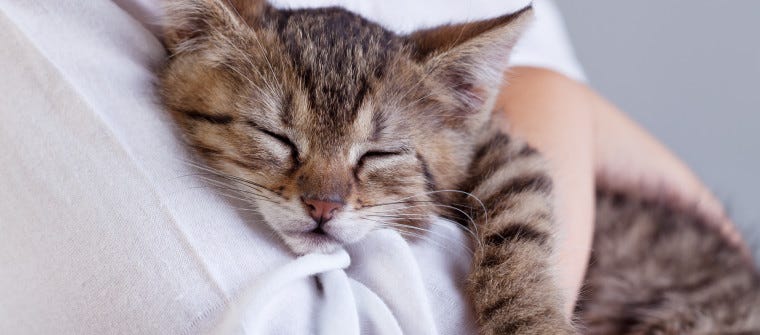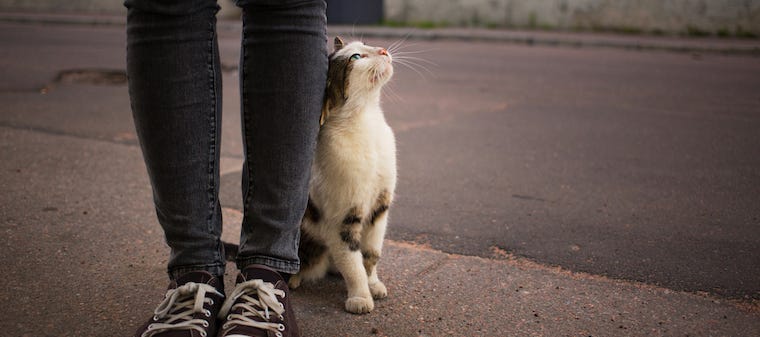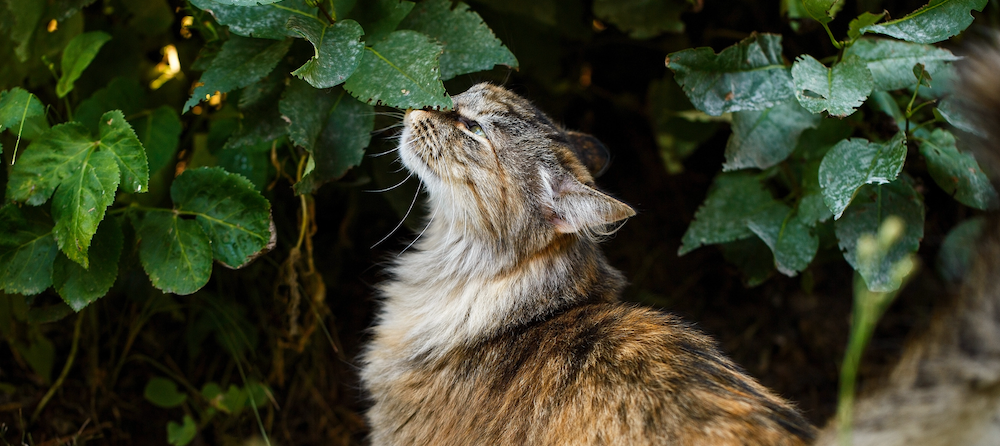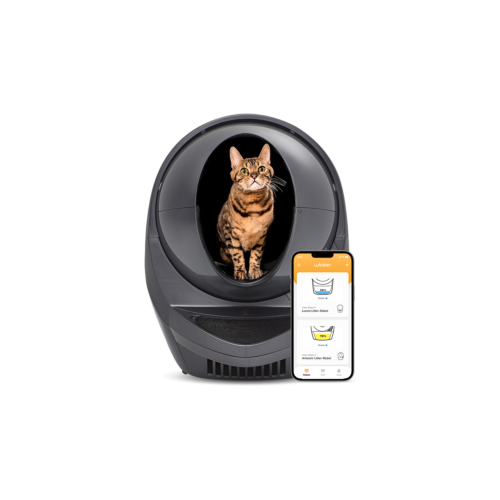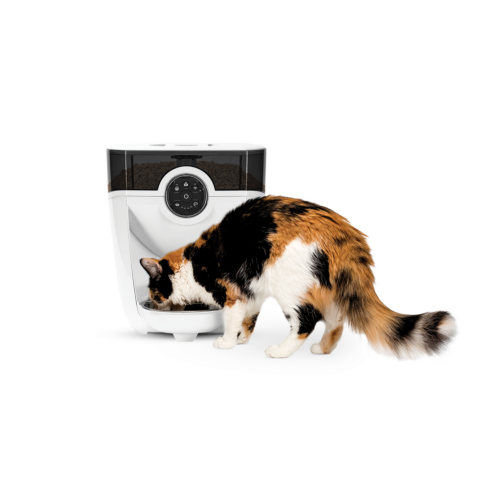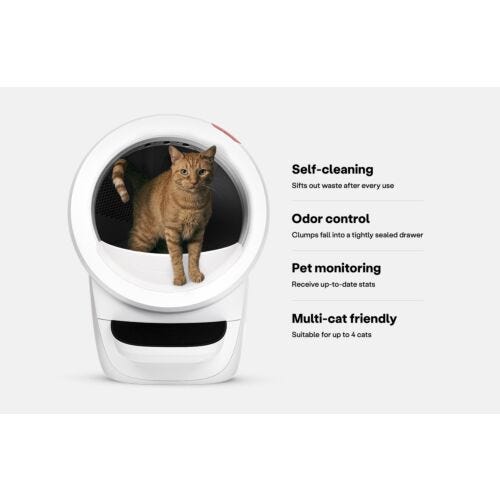Observe: Your cat crouches with his nose down, nuzzling the ground, before glancing up with his mouth slightly (and comically) open. So, why do cats open their mouths after smelling something? It turns out this is a behavior called the flehmen response. Let’s take a look at what exactly the flehmen response in cats is!
Why do cats open their mouths when they smell something?
Although it may appear that your cat is staring in open-mouthed disbelief, there’s actually a reason he pulls this funny face: Your cat is analyzing a new or strange smell—but instead of doing so through the nostrils, he is “scent-sucking” through the roof of his mouth.
This is called the flehmen response.
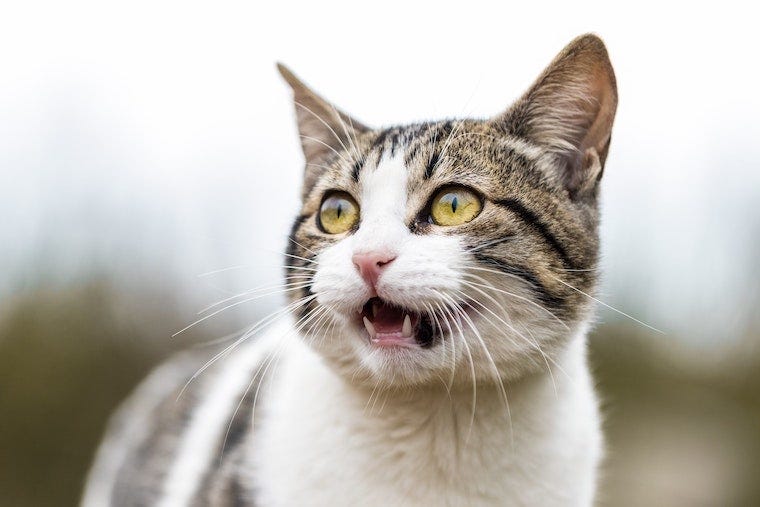
So, what is the flehmen response in cats?
Anthrozoologist John Bradshaw explains that the flehmen response opens up two small ducts on the roof of your cat’s mouth behind the incisors. This allows the scent to travel to the vomeronasal organ, also called Jacobson’s organ, on the roof of the mouth.
“Cats use the flehmen response to detect chemical stimuli, such as pheromones, that are present in urine and feces, or areas that cats have marked with scent glands,” says Dr. Sasha Gibbons of Just Cats Veterinary Hospital in Stamford, Connecticut.
The flehmen response is a voluntary action and considered a sense that lies somewhere between smell and taste.
Male cats vs. female cats
According to Dr. Gibbons, male cats are more likely to use the flehmen response in relation to mating. Female cats, on the other hand, may use it to keep track of their kittens.
Of course, neutered male cats and spayed female cats likely use the flehmen response without mating or kittens on the mind. The smell of cat urine and other pheromones is most likely to trigger their flehmen response. Another household item that might make your spayed or neutered cat curl up into that giggle-inducing sneer? Catnip! Catnip produces a chemical response in a cat’s brain when inhaled or ingested.

Which other animals exhibit the flehmen response?
Cats are just one of dozens of animals that exhibit the flehmen response. Dogs, camels, llamas, goats, horses, tapirs, rhinos, rams, elk, giraffes, buffalos, hedgehogs, and more have the flehmen response. Even your cat’s wild relatives—lions and tigers—show this behavior!
Although most people think that dogs have the upper hand when it comes to sense of smell, cats actually have a stronger flehmen response. According to Bradshaw, the average tabby has 30 different types of receptors in the vomeronasal organ while a hound dog has just 9.
Once upon a time, humans may have had the flehmen response—but no more. Slate reports that evidence of the vomeronasal organ is seen during human fetal development. However, when a baby is born, “the only remaining clues are a pair of pits at the bottom of our nostrils where the ducts used to connect to the organ.”
Don’t confuse the flehmen response in cats for open-mouth breathing
The flehmen response in cats is nothing to worry about—it is a perfectly normal behavior. However, don’t confuse it with other signs from your cat that may actually be cause for concern.
Panting or open-mouth breathing may be a sign that your cat has asthma or is experiencing some sort of respiratory distress. If you notice these symptoms consistently or a respiratory rate of over 50 breaths/minute, call your vet or make a trip to the emergency clinic. (Hint: Count the number of breaths in 15 seconds and multiply by 4 to get the total breaths per minute.)
Panting can be a sign of heat exhaustion or heat stroke in cats. Even if it’s not a hot summer day, keep in mind that your cat could be experiencing issues related to heat after becoming trapped in a clothes dryer or in a shed or other structure with unregulated temperatures; after being left in a confined space without access to water or shade, such as a sunroom; or after being left in a cage in direct sunlight.
Panting may also indicate poisoning in cats, such as after consuming garlic or onion or being exposed to harmful essential oils.
Finally, panting after playing can be a sign of hyperthyroidism in cats.
When in doubt, call your veterinarian or head to an emergency clinic to get your cat checked out!

The more you know
So, now you know why your cat makes that funny open-mouth face after smelling something. Spread the knowledge: The flehmen response in cats (and many other animals) is an intriguing factoid that you can impress other pet parents with!
Sources
Photo by Ariana Suarez on Unsplash
